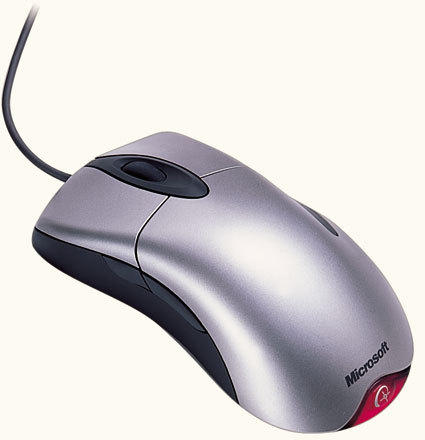Optical Mice: The Fall/Winter Collection
Area, Ergonomics & Features
Although an optical mouse does not need a mouse pad, it is not too happy with surfaces that are overly reflective. It goes berserk if you are using a glass or black-lacquered Formica surface. Having said that, all the mice used in this test were extremely tolerant and will work on almost any surface. Even a sheet of white or black paper is no handicap. If a problem arises, all you need to do is dig out your old mouse pad. In any case, we advise you to use a mouse pad for game-playing as a general rule because the mouse glides more smoothly over a mouse pad and takes less wear and tear as well.
The shape of the mouse is also an important factor in its performance. If it is shaped to the palm of the hand and comfortable to use, your hand won't get tired, even after extended use. As for the other features, most mice have additional buttons because all optical mice are supplied with the scrolling wheel, which is now standard. The additional buttons can be easily assigned using the software supplied by all manufacturers. Having said this, if you don't use them, don't install the drivers because they could create a conflict or slow down the mouse. Windows Millennium, Windows 2000 and Windows XP recognize all the mice we tested automatically. Under Windows 98, you may need to resort to installing the driver supplied with the mouse.
Connection
All the mice in this comparative study use the USB port, and that's a good thing, not only for plug 'n' play but for precision as well. The USB port enables 125 data exchanges per second. The speed of the standard PS/2 port varies, depending on the operating system used, from 40 to 60 data exchanges per second. Of course, the PS/2 port can be sped up by installing utilities but they take up CPU time. So even though Logitech and Microsoft supply PS/2 adapters, don't run the mouse from the PS/2 port or you will slow it down.
Get Tom's Hardware's best news and in-depth reviews, straight to your inbox.
Current page: Area, Ergonomics & Features
Prev Page Screen Resolution Next Page Logitech Innovations: Greater Precision